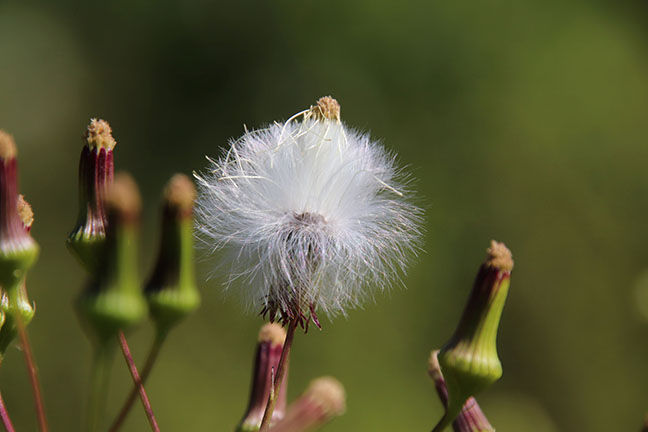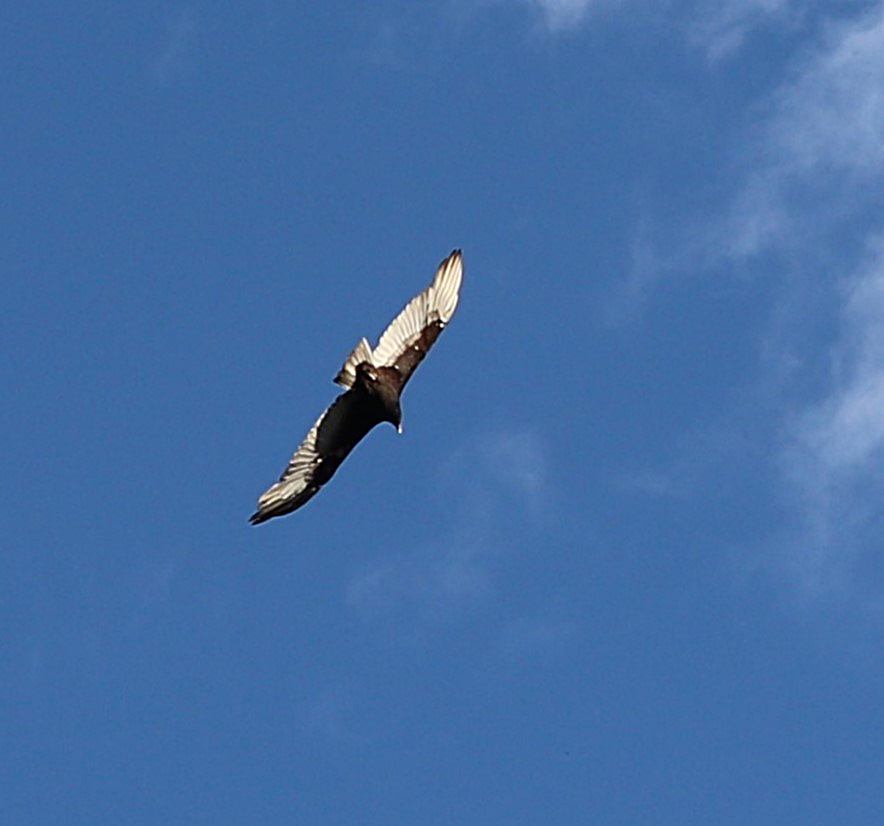Happy Mystery Monday! Can you guess the phtoto below?

The answer to last week’s mystery is the turkey vulture, Cathartes aura, pictured below.

Turkey vultures are native to the Americas and a permanent resident of Maryland. They can live to be 25 years old. The turkey vulture’s scientific name, Cathartes aura, is quite pleasant. It means either “golden purifier” or “purifying breeze.”
Vultures are considered nature’s sanitation service, or clean-up crew, because of the important role they play in removing dead animals that contain bacteria and pathogens from our environment. Without them, disease can spread. Vultures play a key part in helping to keep their environment healthy and running as it should.
Turkey vultures rarely attack their prey. They are defenseless against predators because they are not built for hunting. When threatened, they can vomit up to 10 feet in any direction to discourage predators. This regurgitation is full of stomach acids and can be very smelly, which often stops predators in their tracks. Turkey vultures also eat plant material, such as pumpkins, coconuts, juniper berries, and grapes.
Mature turkey vultures have dark plumage and featherless red heads. Their heads are bare to allow them to clean themselves more efficiently after scavenging raw meat. They are huge birds that can be mistaken for eagles, however vultures make wobbly circles with their broad wings raised in a V.
Mystery Monday is sponsored by the Spy Newspapers and Adkins Arboretum.


Write a Letter to the Editor on this Article
We encourage readers to offer their point of view on this article by submitting the following form. Editing is sometimes necessary and is done at the discretion of the editorial staff.